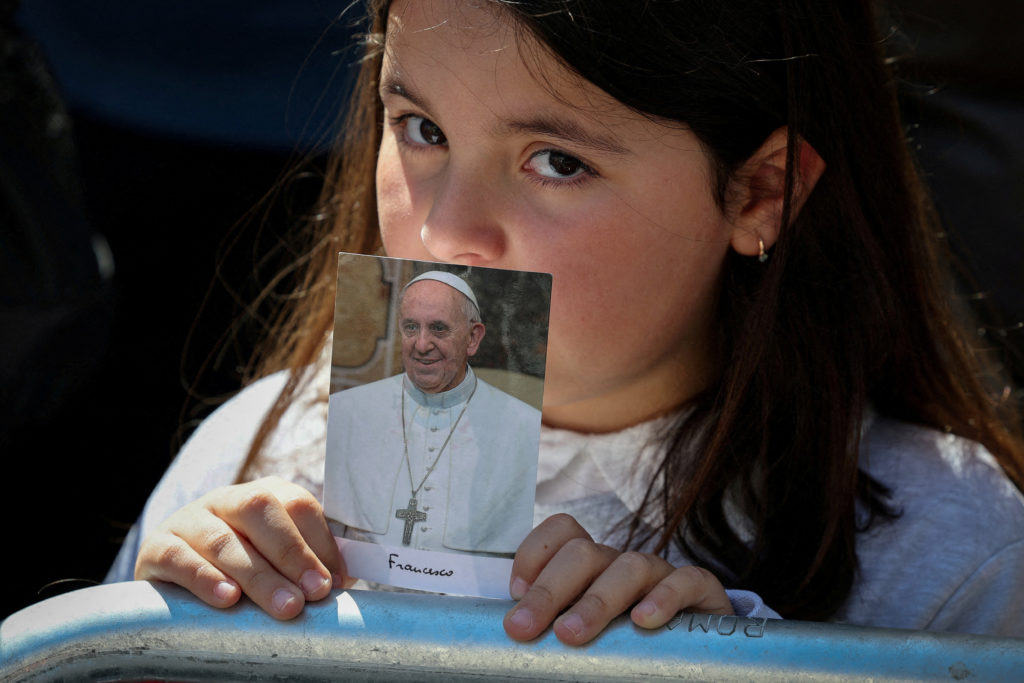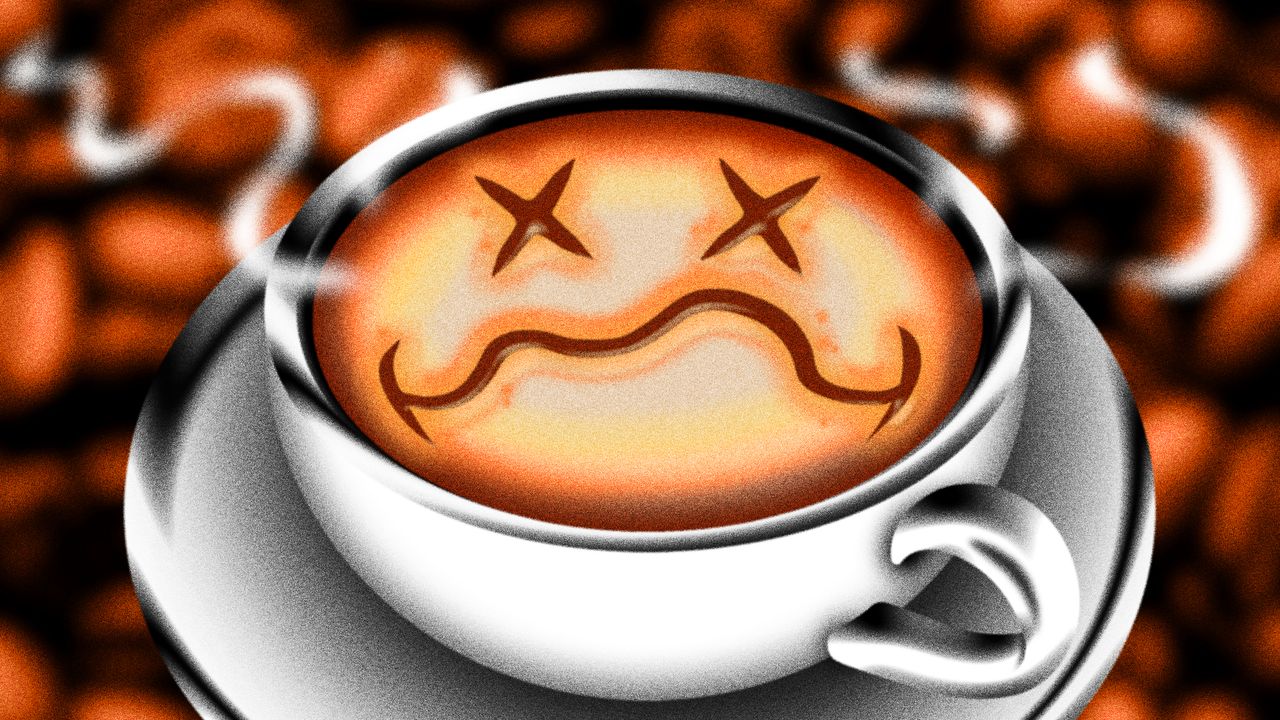On what was supposed to be my first day of caffeine abstinence, my girlfriend woke me up, as she often does, by telling me she was making coffee and asking if I wanted one. I responded, as I often do, with something along the lines of…
Blog
-

Oswego police urge businesses with video gaming machines to add security measures – Shaw Local
The Oswego Police Department is reminding businesses with video gaming terminals or ATMS to make sure their businesses are secure in the face of break-ins in surrounding communities.
Illinois Attorney General Kwame Raoul in September charged three…
Continue Reading
-

Claudia Winkleman to host new BBC chatshow | Claudia Winkleman
She has ruled the Traitors castle and waltzed out of the ballroom on Strictly Come Dancing. Now Claudia Winkleman is taking up residence in one of television’s most traditional settings – on the chatshow sofa.
The BBC has confirmed that the…
Continue Reading
-

The Claudia Winkleman Show is coming to BBC One and BBC iPlayer in spring 2026
BAFTA award-winning television presenter Claudia Winkleman will host her own chat show, The Claudia Winkleman Show, launching on BBC One and BBC iPlayer in spring 2026.
Produced by So Television – part of ITV Studios and the production company…
Continue Reading
-

Where to find New Year’s Eve fireworks shows in Colorado
A cold front finally brought some winter weather to Colorado last weekend, just in time for residents and visitors to ring in the new year, and what better way than with fireworks?
…
Continue Reading
-

Scientists Make Discovery Under Greenland Using 3D Modeling
This gives them a better understanding of how sea levels rise.
Source: Annie Spratt/Unsplash Researchers are sounding the alarm after making an unusual discovery under Greenland. According to their findings, which were published in October 2025,…
Continue Reading
-

Preview: Black Bears Return to Orono to Wrap up Non-Conference Action on Tuesday Afternoon
Orono, ME – The University of Maine men’s basketball team hosts UMFK to wrap up non-conference action on Tuesday…
Continue Reading
-

Nepal to scrap ‘failed’ Mount Everest waste deposit scheme
Himal Gautam, director at the tourism department, told the BBC that not only had the garbage issue “not gone away”, but the deposit scheme itself had “become an administrative burden”.
Tourism ministry and mountaineering department officials told…
Continue Reading
-

Nepal to scrap ‘failed’ Mount Everest waste deposit scheme
Navin Singh KhadkaEnvironment correspondent, BBC World Service
 David Liano
David LianoOfficials say the problem of waste piling up is more evident on higher camps of Everest A scheme to encourage climbers to bring their waste down from Mount Everest is being…
Continue Reading
-

The notable lives we lost in 2025
The death of Pope Francis brought change to the Catholic Church, which counts 1.4 billion adherents and is now led — for the first time — by an American pope. The fatal shooting of conservative activist Charlie Kirk as he…
Continue Reading
